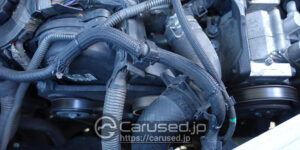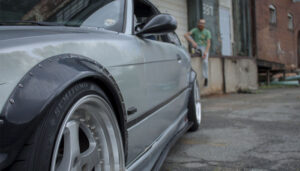No matter how careful we drive, there are some instances beyond our control that disrupts our daily schedule. Sometimes you get stopped in your tracks because of a punctured tire. It can be frustrating, especially when you recently bought the tire which picked up the puncture. We can’t really control the debris that litters our roads. So, whether you own brand-new vehicles or used Japanese cars, if you’re simply unlucky, your tires can get punctured.
Of course, it is only natural to think of repairing your tires instead of replacing them when they get punctured. It is important for you to understand that there are just some instances when repairs are not possible. After all, knowing how to check your tire pressure when it gets cold is one thing, but recognizing damages that can not be fixed is a different thing.
How to Know if your Punctured Tires are Repairable
If a road debris like nail punctures your tire, there is still a particular area on it that is still repairable. This is the spot on the tire’s tread face—the one between the circumferential grooves which go all the way around it. The other repairable area is the tread patterns that do not have circumferential grooves. It is the area no closer than two inches to where the sidewall meets the shoulder. Also, keep in mind that holes bigger than a quarter of an inch cannot be repaired. If the cut went deep enough to affect the steel belts in the tire, it cannot be fixed.
Puncture on the Sidewall
If the tire’s sidewall has been punctured, you need to change it. Attempting to fix it would be useless because there is always a high risk of tire failure. As you drive, your tire’s sidewall flexes so much. After repeatedly flexing, the tire patch or plug will eventually get loose. Moreover, the air in the tire is pressing out on the sidewalls under the vehicle’s weight as you drive. Extreme pressure will only attack the weak spot on your tire’s sidewall. So, the repaired spot might only blow out while you’re driving.
Puncture on the Shoulder
You cannot repair a puncture if it is located on the shoulder area of the tire. While you’re driving, this is the spot that is subjected under the most pressure. Out of any section of the tire, this is also the one that flexes the most. What’s more, due to the curvature of the shoulder, it is challenging for the plug or patch to stay in place. If you try to repair this spot, the surface will likely flex and work its way loose. Again, there is a high risk of encountering a blowout on the spot with the shoulder puncture. Of course, you would not want to end up stranded in the middle of nowhere. So, it is better to replace the tire instead of replacing it.
Gashes and Cuts
If your tire gets cut, it can only be repaired if the damaged is a quarter of an inch long or even less. It is possible for cuts to damage the steel cords inside the tire’s rubber. These steel cords are what give the tire its strength. In this case, repairing the damaged spot will only prevent the tire from freeing air. However, it will not bring back its strength. It can also be difficult for a plug or patch designed for repairing round holes to effectively fix a gash or cut. So, if your tire gets cut or gashed, it is advisable to replace it instead.
When shopping for used Japanese cars, make sure you check the tires for punctures, cuts or gashes. This way, you’d know if you need to replace them, which will add to the overall cost of the vehicle.



